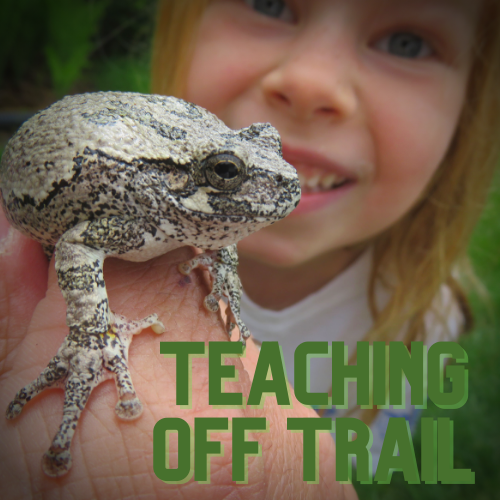Day 208
The forest management plan (FMP) had been written, reviewed and officially approved.
Now what?
My early understanding is that a completed FMP is needed before even entertaining the idea of applying for a variety of grants and funding opportunities. Knowing that our restoration goals would require a lengthy and costly commitment, we were eager to find financial assistance anywhere we could find it.
In my discussion with the gentlemen who wrote the FMP, I mentioned how our land was a stopover for many migrating sandhill cranes and a pair of endangered whooping cranes earlier in the year. He mentioned reaching out to the Wisconsin Waterfowl Association as they helped fund sites that could provide benefits to our state’s native and migratory waterfowl. I had a previous connection with them but they were more interested in potentially working with our property once the restoration process had started. Now that we were nearly two years into this process, I decided to take the advice and reach out again. When I went to the website to get some specific information and refresh myself with this organization, there was a page dedicated to landowners applying for funding,
Perfect.
I filled out the application and was contacted promptly letting me know a site visit would be scheduled soon to see if there was a potential fit for funding.
When the time came for the site visit, the focus of the discussion was to determine if and where we could potentially install a wetland scrape. Usually smaller and more shallow than a pond (and not used for stocking fish) a scrape is a shallow depression that aims to attract and serve as habitat for many different animals, including but not limited to waterfowl, reptiles, amphibians, and insects.
After walking the land and pointing out the highlights of our restoration process so far, we searched for any areas that made sense for a scrape. Parts of our land near the non-navigable agricultural ditches were a great fit for a scrape. This was encouraging to hear. Now we have to decide if it is something we want to incorporate into our overall restoration plan and who will pay for such an addition.
